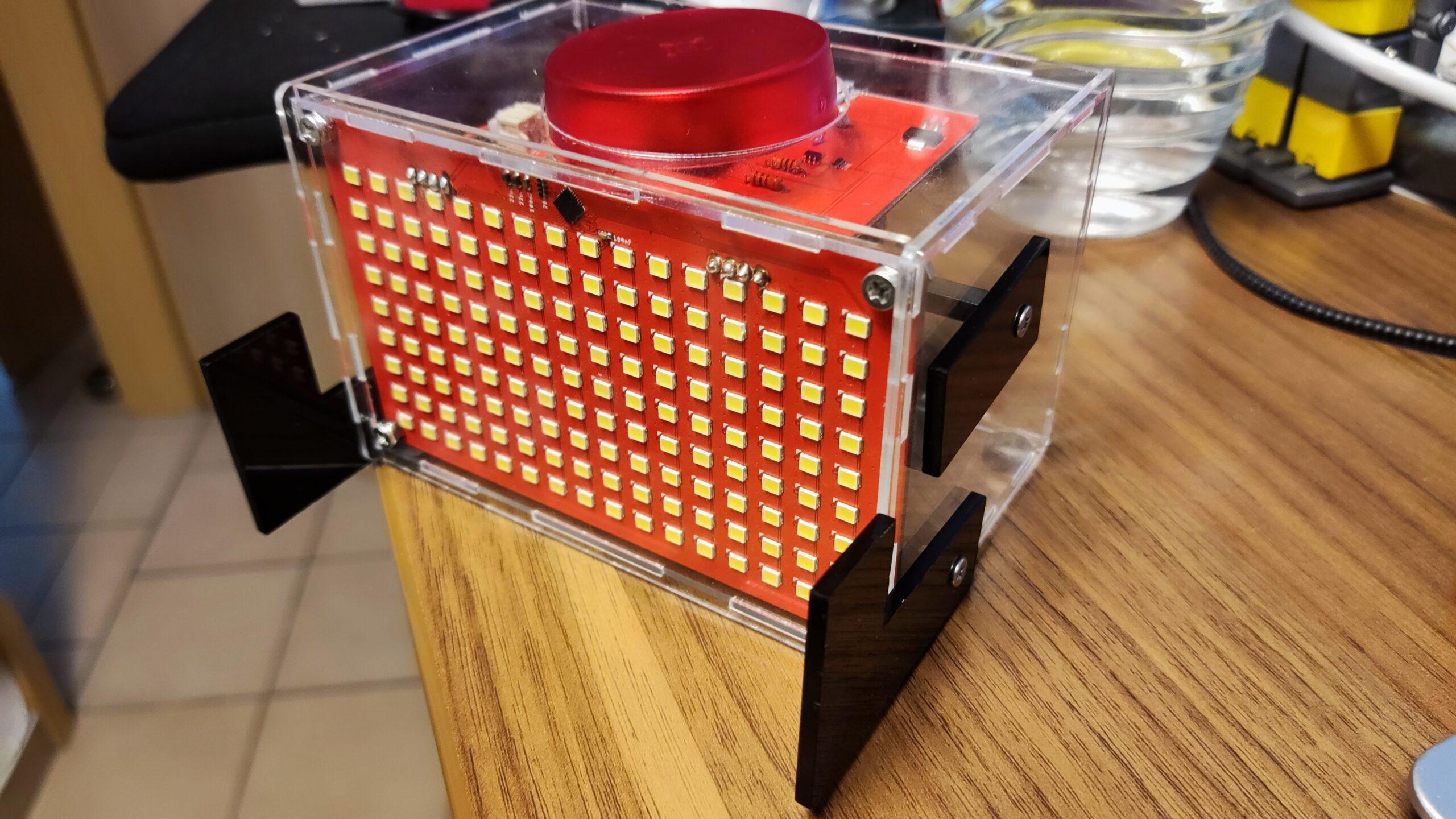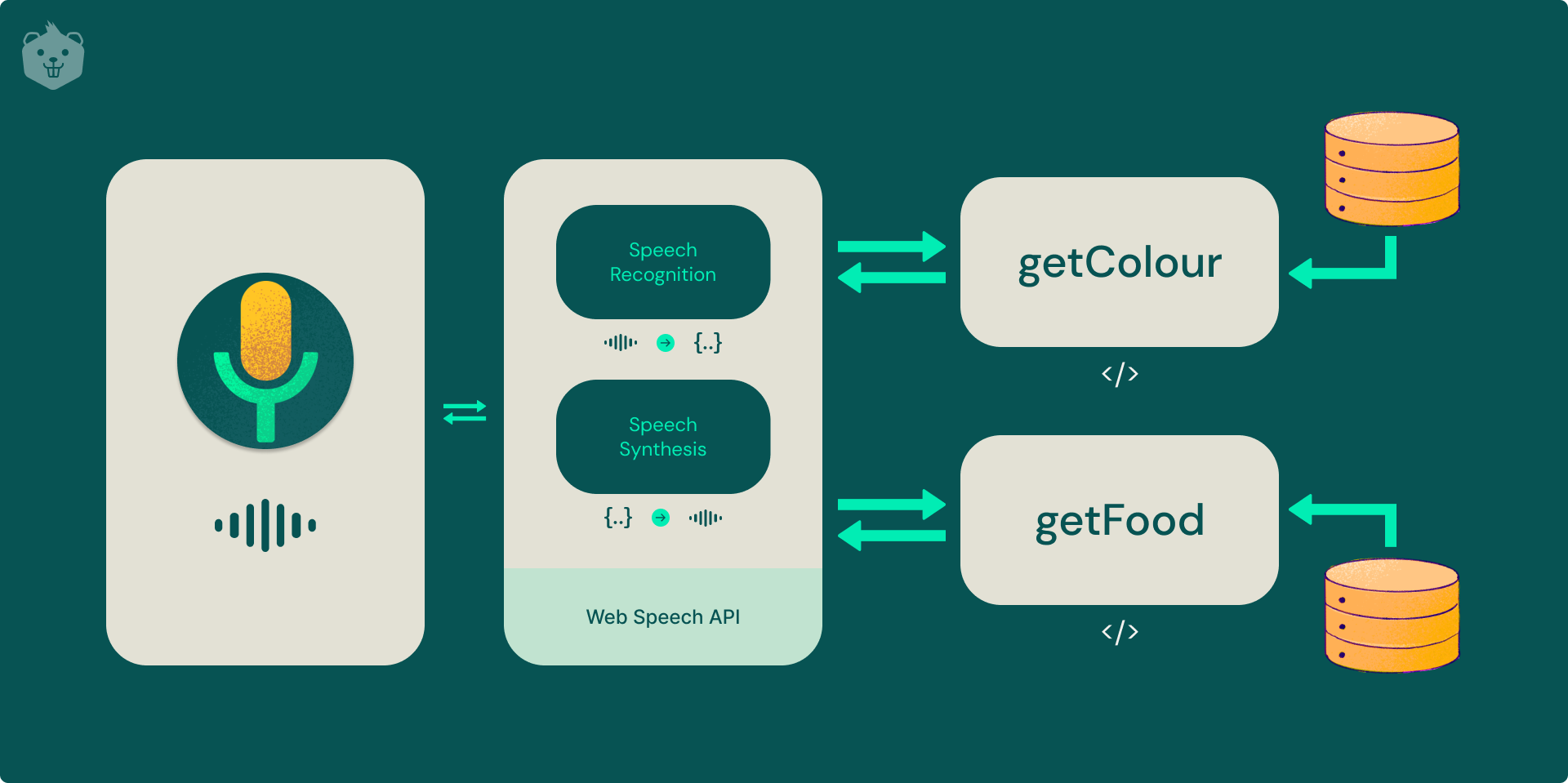Build Your Own Voice Assistant with CircuitMess Spencer Circuit Diagram The Voice-Activated Personal Assistant is a Python-based application that uses voice recognition to perform various tasks such as playing music, reading PDF files, providing weather updates, and controlling hardware components through Arduino. This project showcases the integration of speech recognition, text-to-speech, and serial communication Place the Arduino in the centre of the chassis as it will be acting as the brain for the robot. You will need four jumper wires. Place the first one in one of the Gnd port of the Arduino. The second wire in the 5v port.The third wire in the TX port and the fourth wire to the RX port of the Arduino. Once done, place the L293D Motor Driver right on top of the Arduino.

It provides a solid foundation for your voice assistant ecosystem. 3. Raspy: An open-source voice assistant that enhances your setup by providing voice interaction capabilities without cloud

Controlled Robot with ESP32 & TensorFlow Lite Circuit Diagram
Google Assistant leverages this NLP technology along with automated speech recognition to convert audio to text, identify key entities and parameters, and map the input to defined Actions and Intents. For robot control, this allows us to flexibly define a variety of voice commands (e.g. "move forward 5 steps", "turn left 90 degrees", "go to the kitchen") and configure the appropriate settings.

The robotic arm is powered by an Arduino Uno board and uses a Voice Recognition Module V3 to process the voice commands. The voice commands are transmitted wirelessly using the XBee S2C Digi

Tokymakers ESP32 Voice Circuit Diagram
In this tutorial, I show you how to make a voice-controlled robotic tank controlled using a smartphone, Google Assistant, IFTTT, and Adafruit.io platforms. An ESP8266 Wemos D1 board was used in this project. It receives commands from a Wi-Fi network and control the speed of the motors. Build your own voice-controlled robot - all you will need is an ESP32 and Microphone board (and some motors etc). You can watch a video of the robot in action here (YouTube):. I'm using a microphone breakout board that I've built myself based around the ICS-43434 - but any microphone board will work. We're building a voice-controlled robot!In this video, I show how you can build a voice-controlled robot using the ESP32 and TensorFlow Lite.We'll train up a
